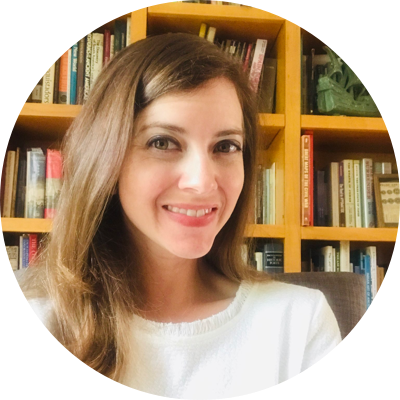 Prologue
Prologue
Have you spent much time thinking about free content vs paid content?
If you’re sending a newsletter it must have at least crossed your mind.
As a trained-journalist-turned-content-marketer I can get a little paralyzed considering what should be free and what should be paid.
A decade or two ago, being a quality writer meant your income was supported by sponsorships and paying subscribers (often both).
And then, as it became easier for brands to reach audiences via social media and search engines, more and more content became free to achieve traffic. I started getting paid to assign, edit, and write that free content.
Paid and free content battle for our attention.
While one company’s business goal may be to generate free educational content to build credibility as an industry thought leader and attract clients, another might be charging for the same type of content as part of a membership model business.
At the same time, a business publication may be paying writers to produce similar content for their sponsored subscription publication while another may be charging readers $10/mo and offering ad-free content.
This is not The Mandalorian. There is not one WAY.
Sometimes free content is a gateway to purchase a product, service, or solution.
Sometimes access to paid content is worth it to get straight to high-quality information and cut through the noise.
As newsletter creators, we choose which model(s) will help us achieve our individual goals.
We’re not all selling the same thing.
But we are all hoping for opens, clicks, and trust.
So make the things you’re selling worth paying for, and let your free content (whether that’s newsletter issues, blogs, social posts) deepen the reader/creator relationship so that a purchase is a next natural step.
This week’s issue includes advice from people who have faced the free or paid (or combo) dilemma, as well as other common newsletter creator decisions.
Let’s study THEIR WAYS.
Marketing

How Much Content Should You Share Before A Prospect Buys?
Jason McBride says don’t hold anything back. In this article he makes the case for content marketing as a way for potential bad-fit buyers to disqualify themselves (and for ideal customers to move deeper into the buyer’s journey).
30 Email Marketing Influencers to Follow
There are some really great people on this list. Go pick a few to stalk on social media.
Publishing
The Startups That are Trying to Make For-Profit Local News Work
“An unlikely trend is developing in the media industry: people think they can make real money from local news.”
“It’s happening in different formats and in different locations. Axios will release newsletters in four markets early next year. David Plotz, formerly the CEO of Atlas Obscura and editor-in-chief of Slate, is launching a podcast company called City Cast, which will produce local news audio shows in the hopes of pooling them together to better sell ads. At Patch, the hyperlocal publisher, revenue is up 30% year over year, buoyed by direct sales amid greater reader interest about what is happening in communities, from coronavirus updates to info about polling locations.”
Related: Check out 8 Reasons Why Email Newsletters Are a Game-Changer for Local News
 Curated News
Curated News

We’ve Added Currency Options to Sponsorships
Hey, Curated users. You can now change the currency you show in your sponsorship booking settings. Also, expect some exciting feature additions for sponsorships in the very near future.
 Opt In Challenge
Opt In Challenge
Consider Productizing Your Newsletter
This article is the first of a series that goes in depth on how publishers can start to think like product managers about the content they create.
It’s written with journalists in mind, but is something newsletter creators should consider.
“‘Becoming product-centered changes the culture of an organization. At the Times, for instance, a stronger product mindset made the organization nimble enough to quickly launch an ‘At Home’ section and newsletter after the pandemic shutdown,’ said Kellen Henry, who at the time was senior product manager for engagement at The New York Times.”
Your Opt In Challenge this week is to strategize how your newsletter can be product-centered.
Like this newsletter?
Let me know. Reply, email me at Ashley[at]optinweekly.com, or find me on LinkedIn to hit me with some feedback. I’d love to know what you think.
Also, I’d appreciate it if you shared it with fellow email newsletter creators. All archived issues will be available on OptInWeekly.com, so you can send them the link to check it out.
Have a great week sending, y’all.
Thanks for reading,

